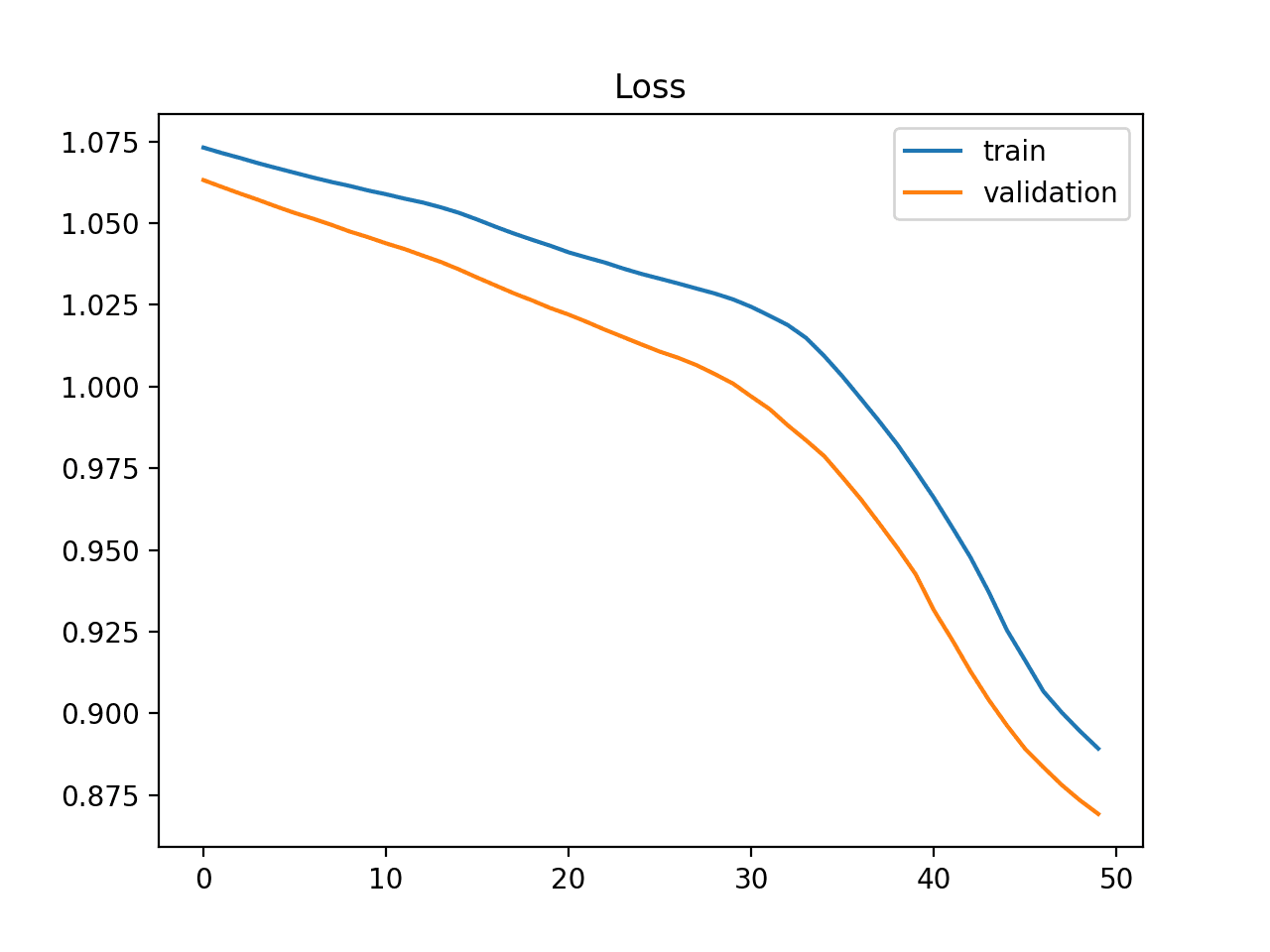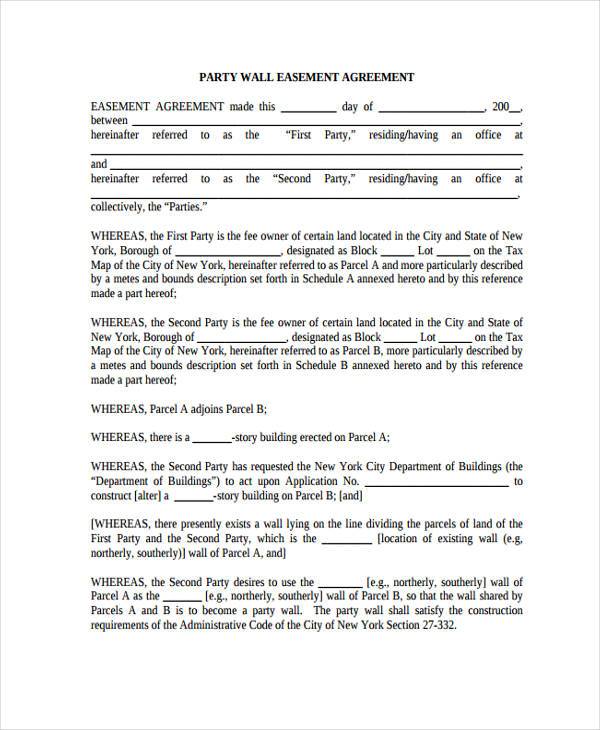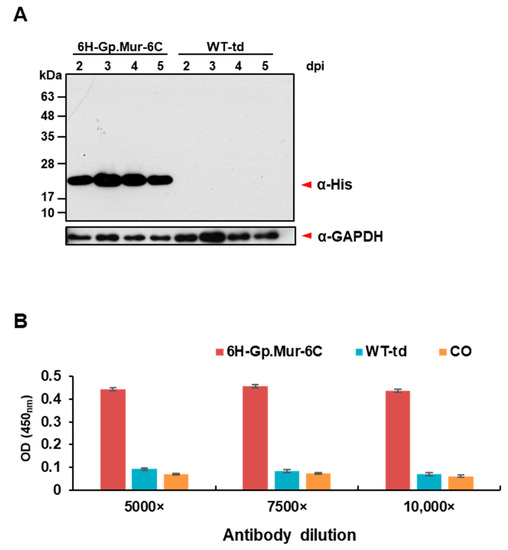

If we recognize a pair of lexemes that share the same root morpheme to be immediately derivationally related, then an oriented edge is inserted into the graph the edge represents the derivation from the base lexeme to the derived lexeme, Footnote 1Īll derivationally related lexemes (sharing a common root morpheme) constitute a derivational cluster, also called a derivational family, having the form of a rooted tree (hereafter, derivational tree), Lexemes present in the vocabulary of a particular language under study are represented as nodes in an oriented graph, The one we adopt in this article models derivation as a binary relation between the base lexeme and the derivative it can be described by using elementary notions of graph theory as follows: Several different formalizations have been used in the relevant literature (see Sect.

While one can see manifestations of derivation in natural languages relatively easily on the common sense level, it is less clear how this phenomenon should be optimally modelled and what abstract data structure model should be used. ( 2012) typological survey of word-formation in a sample of 55 languages from 28 language families, or Körtvélyessy ( 2016) on word-formation in Slavic languages and Körtvélyessy et al. Czech and Polish analyzed here) and playing an important role also in other European languages (incl. Derivation is attested across languages all over the world, being the major process in Slavic languages (incl. The presented approach of creating word-formation networks is currently limited to derivation, which is a word-formation process consisting in adding an affix morpheme to a root morpheme or to an existing word (base lexeme) so that a new word (derived lexeme, derivative) is created this way. As there are still many languages for which data resources providing information about derivation are scarce or even lacking, more efficient and less costly approaches should be sought, like in other areas of NLP and Computational Linguistics. However, the creation of such resources requires considerable human effort and is highly time-consuming. In the last decade, we observe a significant research effort in the construction of resources specialized in derivation for a number of languages. Furthermore, the performed feasibility study shows that the method can further benefit from the interaction with a human language expert within the active learning framework.ĭerivational morphology has moved into the focus of Natural Language Processing (NLP) rather recently. The conducted experiments demonstrate the ability of the proposed method to construct linguistically adequate word-formation networks from small training sets. The proposed approach is evaluated on lexeme sets of four languages, namely Polish, Spanish, Czech, and French. This approach, besides relatively small training set and a lexicon, does not require any additional language resources such as a list of vowel and consonant alternations, part-of-speech tags etc. The network is constructed by applying the learned model to sort the lists of possible base words and selecting the most probable ones.


The features take the form of regular expressions and later they are used to feed a machine-learned ranking model. The proposed approach applies a sequential pattern mining technique to construct useful morphological features in an unsupervised manner. The article presents a semi-automatic method for the construction of word-formation networks focusing particularly on derivation.


 0 kommentar(er)
0 kommentar(er)
